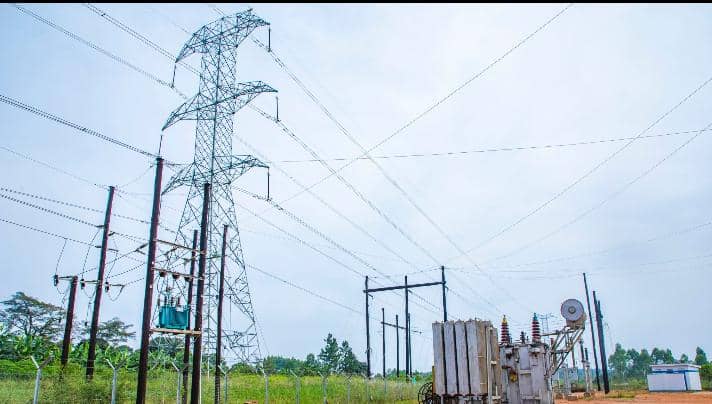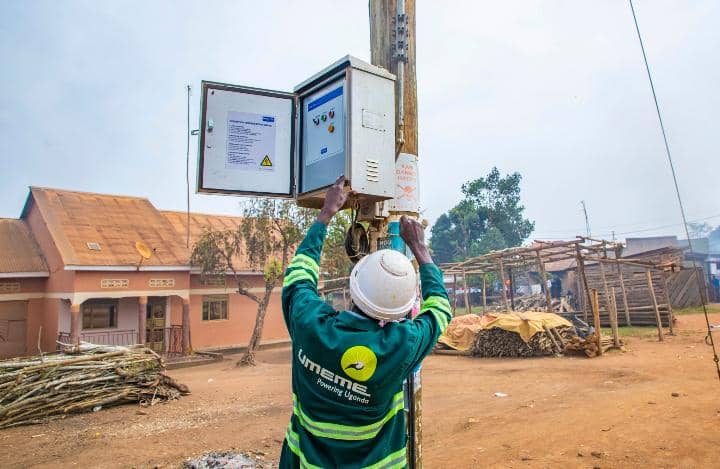
 Tiger FM
Tiger FM

 Tiger FM
Tiger FM
10 March 2025, 12:24 pm
By Ronald Ssemagonja
As UMEME’s 20-year concession comes to an end in a few weeks, many Ugandans, especially those who rely on electricity for commercial purposes, are questioning whether the transition will impact businesses. This is despite repeated assurances from the Ministry of Energy and Mineral Development, along with the Electricity Regulatory Authority (ERA) board, that all electricity users, whether commercial or domestic, have nothing to worry about. They have consistently stated that they are fully prepared to ensure that power consumers continue to receive the best service, potentially at even lower tariffs.
Looking back at the history of electricity regulation in Uganda, the government began implementing the Electricity Act of 1999 around 25 years ago. This Act was introduced to repeal the 1964 Act, with the primary objective of establishing the Electricity Regulatory Authority, defining its powers, functions, and administration, and overseeing the sale and use of electricity. The Act also provided for licensing and regulation of activities within the electricity sector, safety regulations regarding equipment, liberalisation and competition within the industry, and the creation of a successor company to the Uganda Electricity Board.

The government of Uganda sought solutions to alleviate what seemed like the burden of high debt levels and devised new ways to attract investors capable of taking on that responsibility. The former Secretary of the Electricity Regulatory Authority (ERA) from 2001 to 2011, Johnson Kwesigabo, once remarked that very few investors were willing to invest in Uganda’s electricity industry at the time the 1999 Act was introduced. He was referring to the challenges of securing a major distribution company before 2004.
It is recalled that between 2000 and 2005, many investors complained about the high costs of doing business in Uganda due to the unreliable power supply. By 2002, the country had an installed capacity of 280 megawatts (MW); however, over 29% of that electricity was lost within the system. In fact, according to ERA, energy losses in the distribution network were estimated at 34.5%, which directly impacted revenue collection.
ERA’s first Chief Executive Officer, Sebbowa Frank, stated that the early years following the unbundling of the Uganda Electricity Board (UEB) were particularly challenging. “The authority found it difficult to operate independently without conflicting with the government when making decisions in the best interest of the electricity industry,” he was quoted as saying. Additionally, opening up the sector to private investors for the first time and effectively regulating them posed significant challenges. For instance, setting cost-reflective tariffs proved difficult, and reconciling investments with revenue was highly complex.
Despite the current situation, there is hope that the Uganda Electricity Distribution Company Limited (UEDCL) will achieve a lower return on investment compared to UMEME’s built-in 20%, potentially reducing electricity costs for the public. The Ministry of Finance, Planning and Economic Development has prioritised capitalising UEDCL in its programme for the next financial year to ensure the company can effectively carry out its mandate. If UEDCL avoids some of the mistakes made by UMEME Limited, it has the potential to perform significantly better. The company is expected to take over operations on 1st April 2025.
